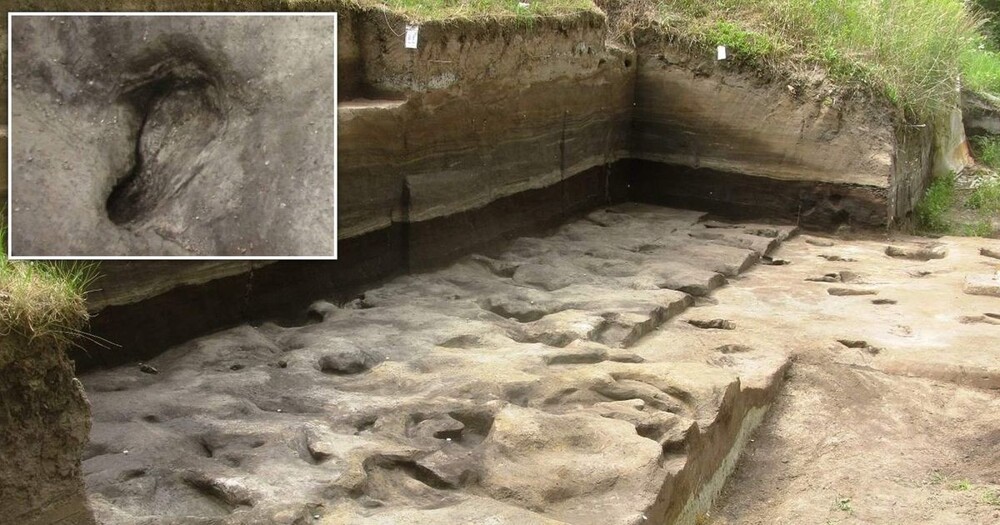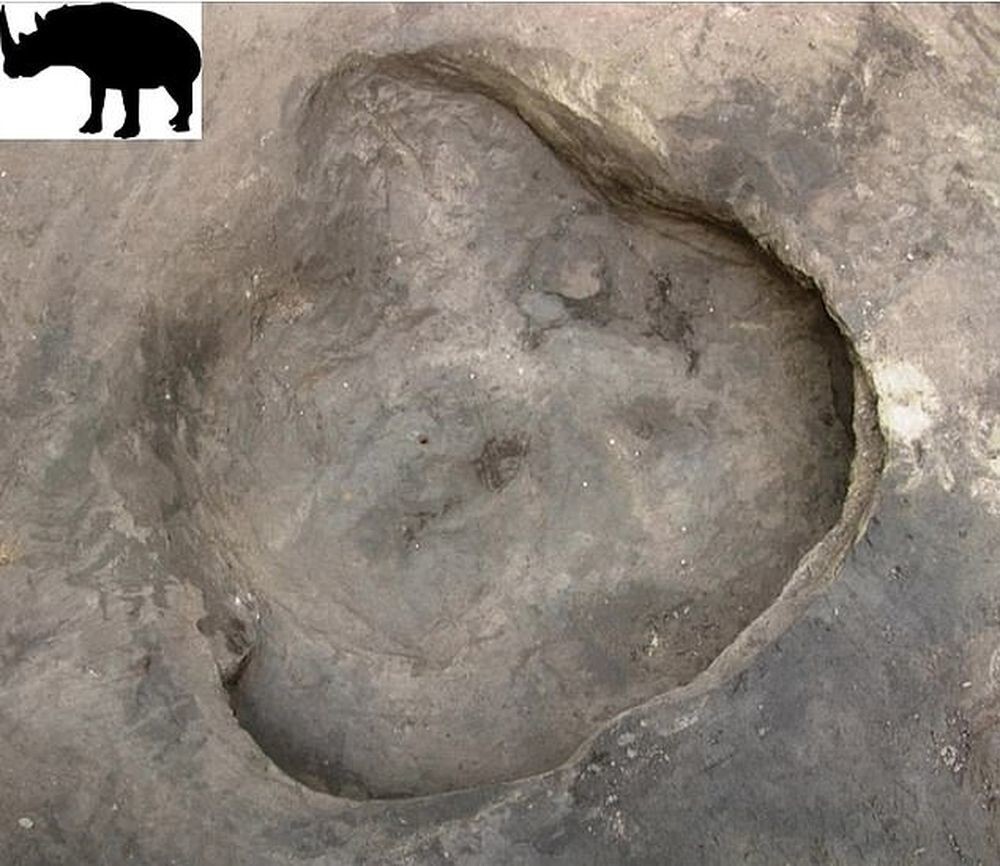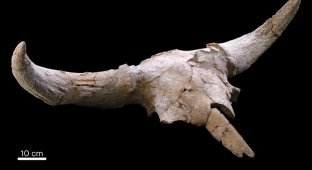The most ancient traces of a man were found in Germany: they are about 300,000 years old (6 photos)
Scientists believe they have discovered the earliest human footprints - 300,000 years ago they were left by an extinct family Heidelberg people. 
This fossil human species, officially known as Homo heidelbergensis disappeared from the face of the earth about 28,000 years ago - according to Experts say this is due to climate change. Heidelberg man was one of the first species of people who built primitive huts and hunting large animals.
Footprints were found by scientists from Tubingen University (SHEP) in the Schöningen Paleolithic complex in the Lower Saxony, together with traces of ancient animals, including the first evidence for the existence of elephants in the region. 
“In a rare birch-pine forest, overgrown with grass, there is a lake several kilometers long and several hundred meters wide. Herds of elephants, rhinos and artiodactyls come to its muddy shores, to drink and swim, scientists describe. — In the center of this landscape stands the nuclear family of the Heidelberg people." 
Scientists believe that two out of three human footprints in Schöningen belong to children or teenagers from a small group that used the lake and its resources.
Study lead author Dr. Flavio Altamura said: “Depending on the season, plants, fruits, leaves, shoots and mushrooms. Our findings confirm that the extinct the human species lived on the banks of lakes or rivers with shallow water. it's the same follows from other places with traces of lower and middle hominids Pleistocene. From the footprints of children and young people, it can be concluded that it was more like a family on a walk than adults on a hunt.” 
In addition to human footprints, the team analyzed elephant footprints belonging to the extinct species Palaeoloxodon antiquus, straight-tusked forest elephant, which was the largest land animals at that time - adult males weighed up to 13 tons.
"Elephant footprints that we found in Schöningen, reach amazing sizes - 55 centimeters in length, - said Geordi Serangeli, leader of the excavations in Schöningen. - In some cases, we also found fragments of wood in ruts that animals they pressed the still soft earth at that time. One of the tracks belongs rhinoceros - Stephanorhinus kirchbergensis or Stephanorhinus hemitoechus - and this is the first trace of this species from the Pleistocene found in Europe.” 
























